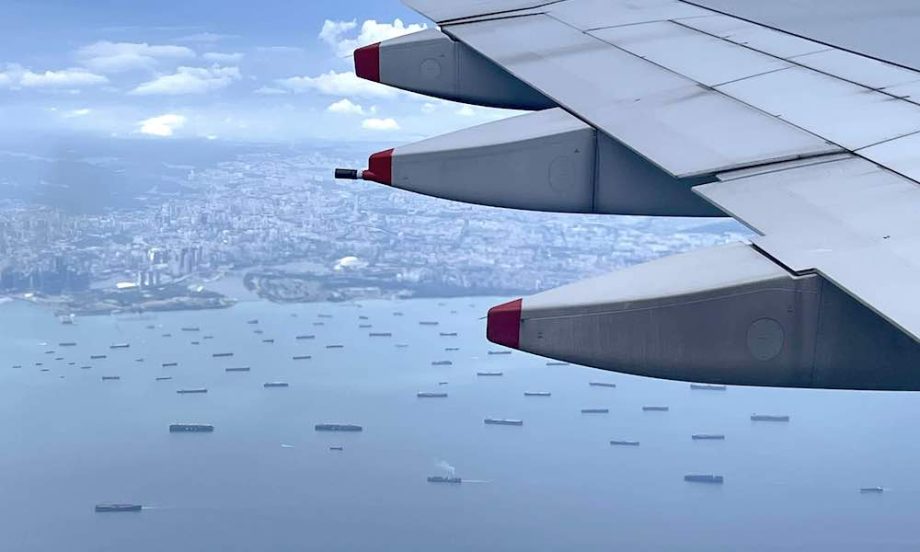Punit Oza discusses how the Lion Republic is repositioning itself to remain relevant as a maritime hub.
Singapore’s position as the world’s premier maritime hub has long been considered unassailable. The city-state’s strategic location at the confluence of major shipping lanes, its world-class infrastructure, and its reputation for efficiency have made it the gold standard for global maritime operations. Yet today, Singapore faces a confluence of geopolitical challenges that threaten to reshape its maritime dominance. The escalating trade war between the United States and China, coupled with shifting global trade patterns and rising regional competition, presents the most complex set of obstacles the Lion City has confronted in decades.
The trade war tsunami
The intensification of US-China trade tensions in 2025 has sent shockwaves through global shipping networks, and Singapore sits squarely in the eye of this storm. The imposition of reciprocal port fees between the two superpowers represents a fundamental shift in how maritime commerce operates. Washington’s decision to levy Section 301 fees on Chinese vessels, beginning at $50 per net ton, has been matched by Beijing’s countermeasures targeting American ships. This tit-for-tat escalation creates a treacherous operating environment for a neutral hub like Singapore that depends on serving vessels from all nations.
The broader tariff regime compounds these challenges. American tariffs on Chinese goods have reached unprecedented levels, with some analyses suggesting duties hit 145 percent on thousands of product categories before being revised downward to 30 percent as part of a tentative détente. Even at reduced rates, these tariffs represent a massive friction cost in global trade. Singapore’s economy, which thrives on the smooth flow of goods through its ports, faces direct consequences as trade volumes contract and shipping patterns become distorted.
The immediate impact is already visible in declining transshipment activity. When bilateral trade shrinks, fewer containers need to be moved, sorted, and redistributed through regional hubs. Singapore has built its maritime model around being the essential intermediary in Asia-Pacific supply chains, but protectionist measures undermine this entire value proposition. Every percentage point decline in regional trade volumes translates directly into reduced port throughput, lower ancillary service demand, and diminished revenues across Singapore’s extensive maritime ecosystem.
Rerouted trade flows and strategic realignment
Beyond the raw decline in volumes, trade wars are forcing a wholesale reconfiguration of global shipping routes. Companies seeking to avoid tariffs are restructuring their supply chains, often bypassing traditional trans-Pacific routes entirely. Some are nearshoring production to Mexico or other locations closer to American markets. Others are routing goods through alternative pathways to obscure country-of-origin designations, a practice that inherently reduces the need for major transshipment hubs.
China’s response to American trade pressure includes accelerating its Belt and Road Initiative and strengthening maritime links with alternative markets across Southeast Asia, Africa, and Europe. While this diversification could theoretically increase traffic through Singapore, it also presents risks. Beijing is investing heavily in competing port facilities throughout the region, from Malaysia’s Port Klang to Indonesia’s new deep-water facilities. The strategic calculus for Chinese state-owned shipping companies may increasingly favor ports in countries more politically aligned with Beijing, particularly as geopolitical tensions deepen.






